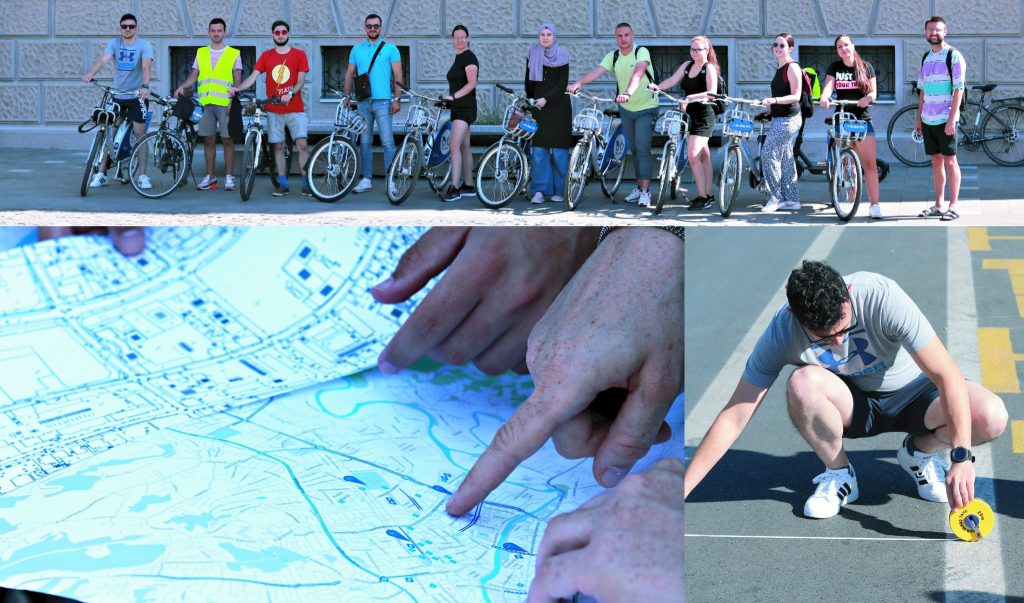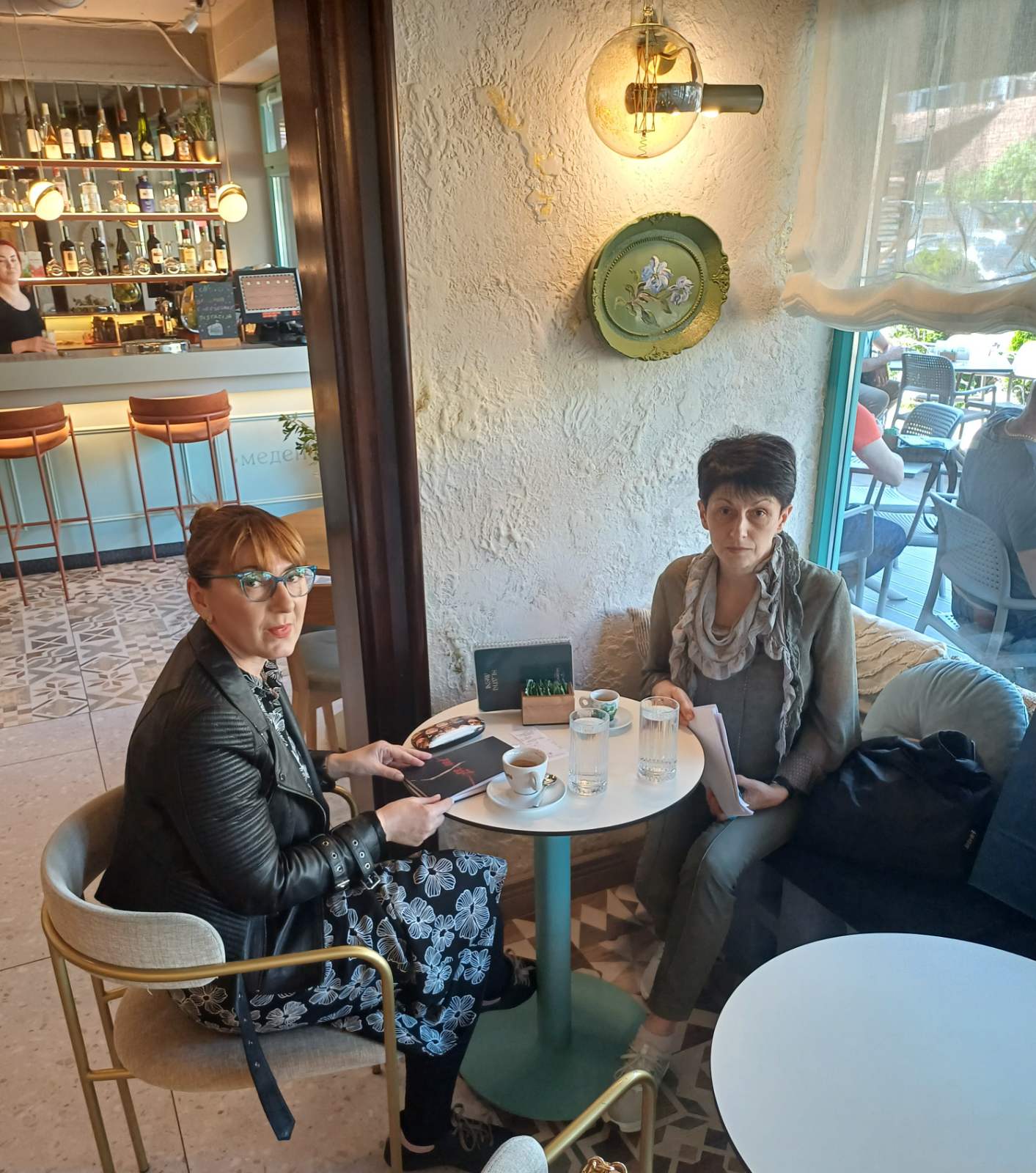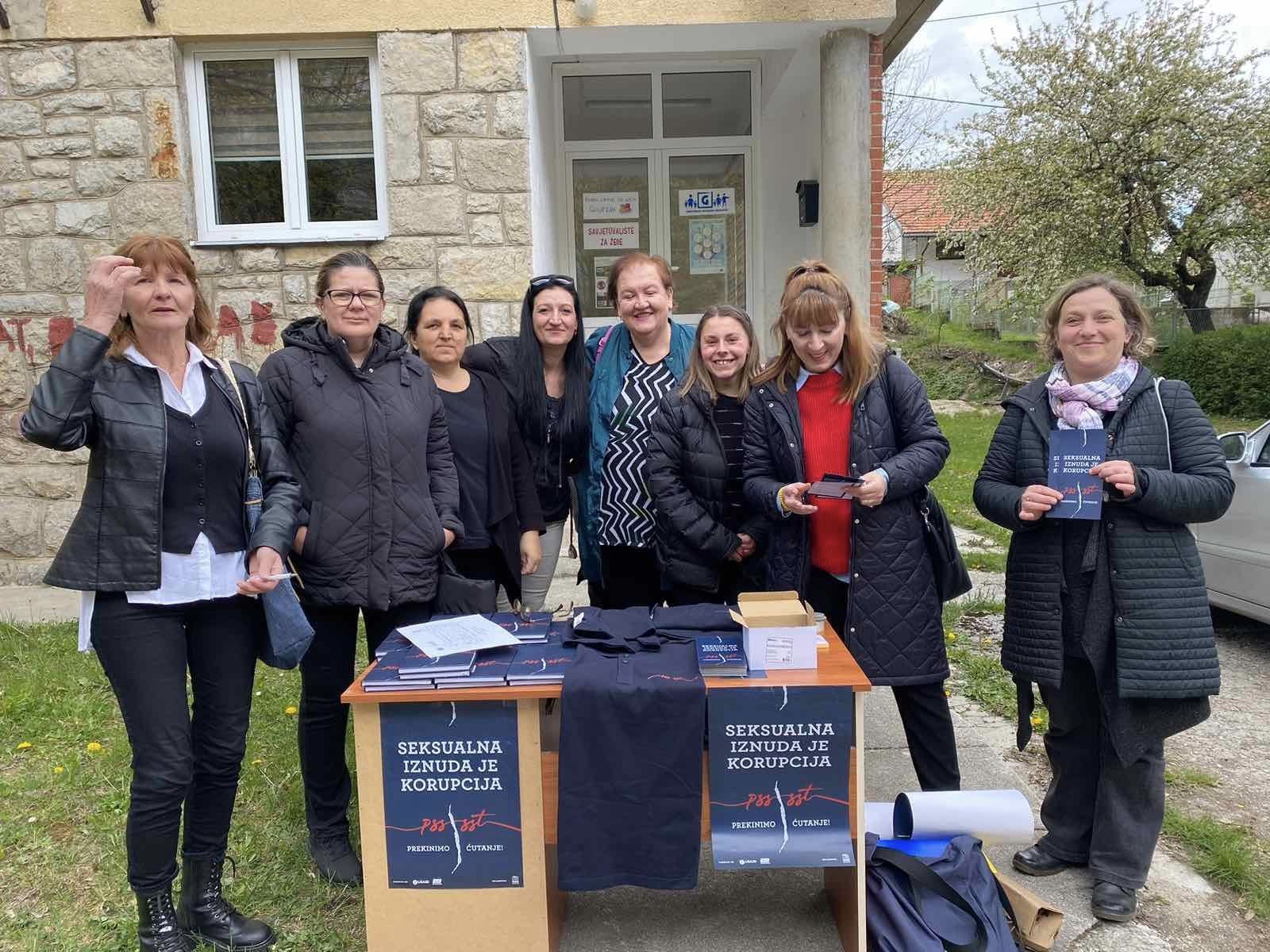Various studies conducted in Europe show that transport is not gender neutral, that women and men have different needs and patterns of mobility and that inadequate transport system can limit women’s access to education, economic opportunities and health care and cause the deepening of gender inequality.
In order to check the “trip” habits of women and men in Banja Luka, we organized on July 21 on the City Bridge near Kastel the pilot counting of the participants in traffic. Fifteen-minute counting occurred in interval between 17.34 and 17.49 hours and included drivers of bicycles cars
and small delivery vehicles
and showed that men are dominant participants in the traffic.
In the period of 15 minutes the City Bridge in both directions has been crossed by 168 drivers of cars in opposed to 51 female drivers (77%:23%). In that same interval the bridge has been crossed by 22 male cyclists and only one female cyclist.
Although based on this short counting we cannot draw any general conclusions, the numbers follow the patters observed in other states as well. For example, in Barcelona there is one female cyclist for every three male cyclists, while 60% of men and 40% of women have a driver’s license. On the other hand, women use public transport more often and walk more.
Banjaluka needs these types of analysis and policies of urban planning and urban mobility must respect and depict different needs and activities that women and men do in public space, including not only gender but also other characteristics of people such as social status, skin color, national affiliation, etc.
The counting was performed by participants of the “Summer School of Urban Mobility” in organization of the Center for Environment/Centar za životnu sredinu.
Within the Summer School, Helsinki Citizens’ Assembly held lecture under the topic “Gender Equality and Urban Mobility”.





